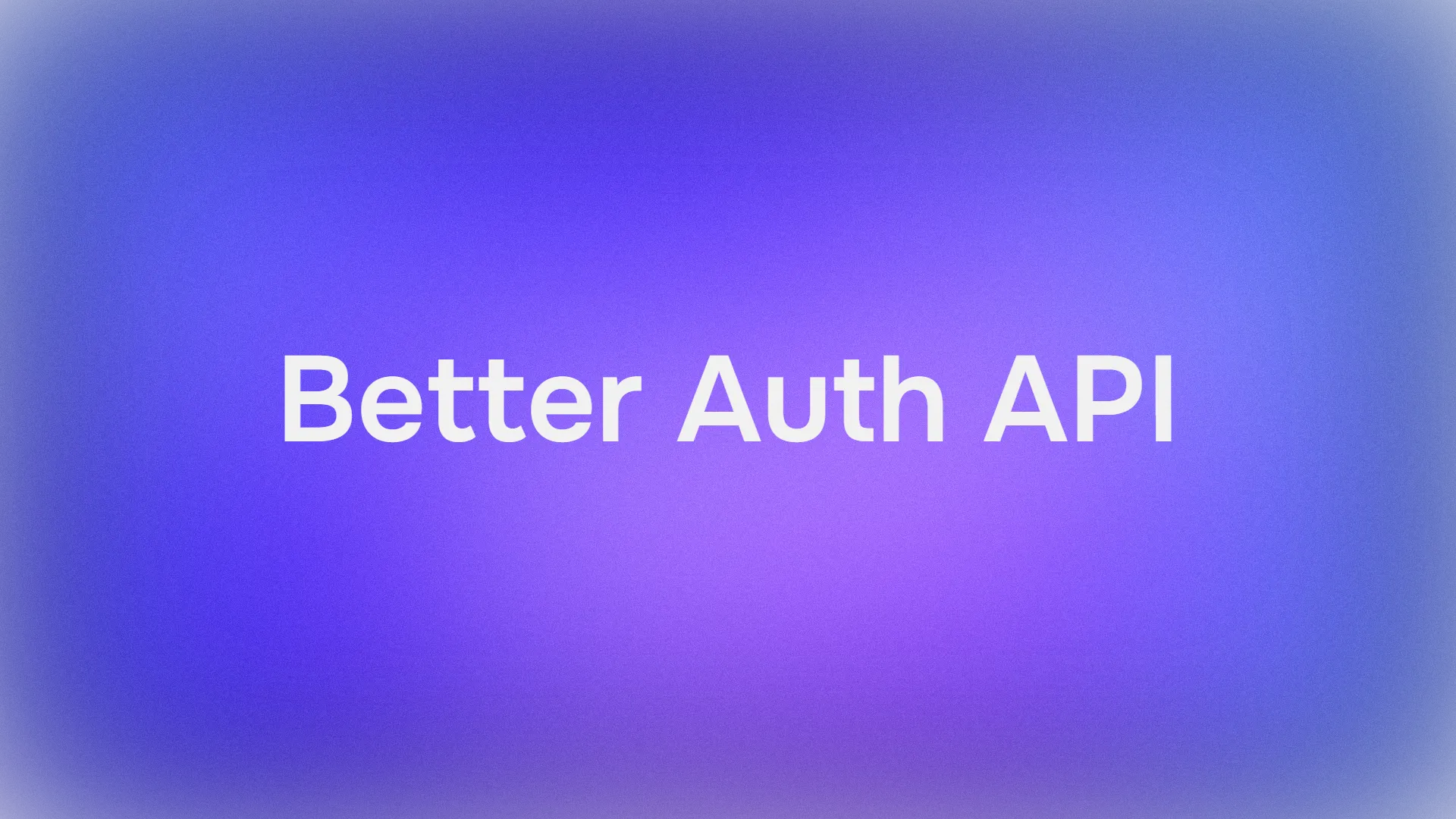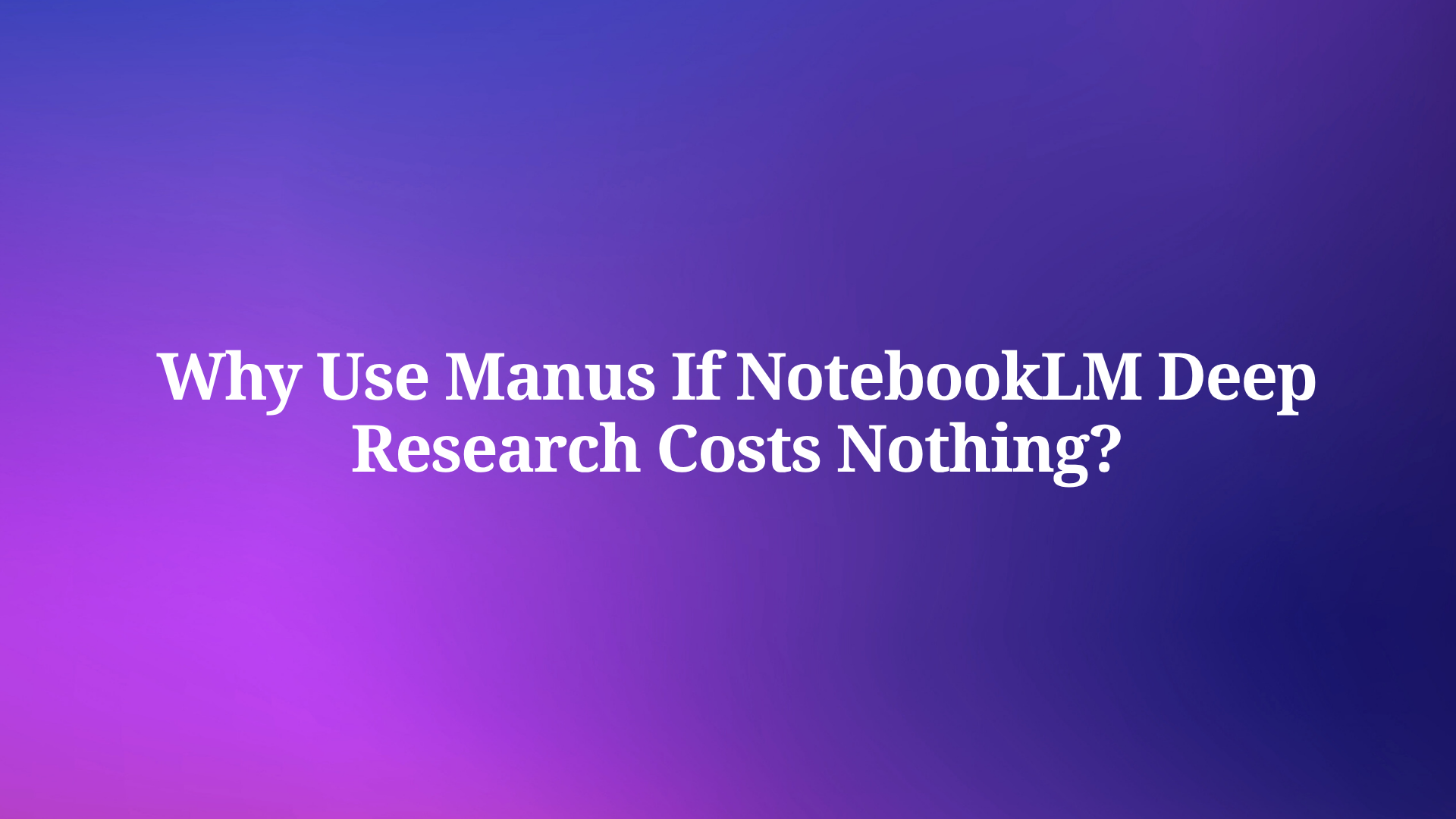Large Language Models (LLMs) is a game-changer for Software Development. Models like Anthropic's Claude series can write, debug, and reason about code with stunning accuracy. However, this power comes at a steep price, with API costs and subscription fees placing the most capable models out of reach for many students, hobbyists, and independent developers.
Imagine, then, the excitement rippling through developer communities when a Reddit thread titled, "Claude Code but with 20M free tokens every day?!!" went viral. A user had stumbled upon a newly released tool from Atlassian (the company behind Jira) called Rovo Dev. Upon installation, the command-line interface presented an almost unbelievable sight: a daily token allowance of 20,000,000 tokens.

We will treat Rovo Dev not just as a new tool, but as what it currently is for the savvy developer: a temporary gold rush. We will explore the community's investigation into what model is actually running, how the token system works, and provide a step-by-step guide not only for setting it up but for maximizing this unprecedented free offering.
Want an integrated, All-in-One platform for your Developer Team to work together with maximum productivity?
Apidog delivers all your demands, and replaces Postman at a much more affordable price!
What's Rovo Dev, Anyway?

The core of this incredible opportunity is the token counter itself. When you run Rovo Dev, your prompt is preceded by a status line similar to this: [rovo-dev ⚡ 10.5K/20.0M]. This isn't a theoretical limit; it's a real, functional daily allowance.
Why is this a Big Deal?
To put 20 million tokens into perspective, let's look at the standard API costs for a comparable model like Claude 3 Sonnet. At market rates of roughly $3 per million input tokens and $15 per million output tokens, a 20M token daily allowance represents a potential value of hundreds, if not thousands, of dollars per month. As one Reddit user noted, the cost is so high that "no way they can sustain this, right?". This generosity is what makes Rovo Dev a must-try tool right now.
Token Cost of Rovo Dev, Explained:
New users quickly notice that even a simple "hello" consumes over 10,000 tokens. This isn't a bug. It's because every new Rovo Dev session is pre-loaded with a massive, ~10.5k token system prompt. Community members have successfully extracted this entire prompt, revealing a highly detailed set of instructions that guide the AI's personality, capabilities, and constraints. It instructs the AI to be a helpful Atlassian agent, to use tools, and to understand the context of a developer's environment. This enormous context is what makes the agent so capable, but it's also the first "charge" against your daily 20M token budget.
And, Rovo Dev is Open Source!

Is Rovo Dev Really Running on Claude Models?
The most pressing question for developers was: what model are we actually using? While Atlassian's documentation confirms they use Anthropic's Sonnet models, the community conducted its own tests to verify the power and version of the model provided. A detailed analysis by Reddit users provided compelling evidence:
- Model Provider: Confirmed as Anthropic. The model, when queried about its origins, directly mentions the company.
- Model Family: Inferred to be Claude 4. The model correctly answers questions about events that occurred after the knowledge cutoff of older models (like Claude 3.7), indicating a more recent training date consistent with the Claude-4 series.
- Model Variant: Identified as Claude 4 Sonnet. The token generation speed was consistently high (over 70 tokens/second), far exceeding the typical speed of the larger, more deliberate Opus models.
- Context Window: The maximum output token limit per message was found to be approximately 8192 (213) tokens. This was determined by feeding it complex problems until the output was truncated at a consistent point.
This investigation confirms that users are not getting a watered-down or heavily restricted model. They are, for all practical purposes, accessing a Claude-4 Sonnet class model, one of the most capable on the market, for free.
Step-by-Step Guide to Claiming Your Free Tokens with Rovo Dev
Getting access to this free token bonanza involves installing the Atlassian Command Line Interface (ACLI) and enabling the Rovo Dev agent.
Prerequisites
- An Atlassian Cloud site (Premium/Enterprise plan for Jira/Confluence).
- Admin access to that site to enable the Rovo Dev agent.
- A connected source code tool (Bitbucket Cloud or GitHub).
- A macOS, Linux, or Windows (WSL recommended) terminal.
Step 1: Install the Atlassian CLI (The Gateway)
The ACLI is your entry point to Rovo Dev.
- macOS (Homebrew):Bash
brew tap atlassian/tap
brew install acli
- Linux & Windows (WSL) via cURL:Bash
curl -L https://product-dist.atlassian.io/products/acli/v1/acli_installer.sh | bash
Follow the script's instructions to complete the installation.
Step 2: Enable Rovo Dev Agents (Unlocking the Feature)
This is a one-time setup performed by an Atlassian site administrator.
- Navigate to your admin portal:
admin.atlassian.com. - Go to Products and select your site.
- Click Discover more products, find Rovo Dev Agents, and click Try it now.
Step 3: Generate Your API Token (Your Personal Key)
The ACLI uses a personal API token for authentication.
- In your Atlassian account settings, go to Security > API token.
- Click Create API token, label it (e.g., "rovo-cli"), and copy the token. Store it securely.
Step 4: Authenticate and Launch Rovo Dev
- In your terminal, run the login command: Bash
acli login
- Provide your site URL (e.g.,
your-company.atlassian.net), email, and the API token you just created. - Once logged in, launch the agent: Bash
acli rovodev run
You should now see the Rovo Dev prompt with the [usage]/20.0M token counter.
The 20M token limit is incredibly generous, but power users have already figured out how to maximize it and even bypass it.

Maximizing Your 20M Tokens
The community analysis revealed that the 20M token limit applies to the sum of input and output tokens. Understanding this is key to maximizing usage.
- Single-Session Burn: If you have one long, continuous chat session, the context window grows with each message, consuming tokens faster. Under this "maximum context" usage, the 20M limit might allow for approximately 69 messages per day.
- Multiple Session Strategy: If you start new sessions for each distinct task, you reset the context. Assuming a large task that maxes out the 8k output limit each time, you could run over 1,000 separate single-message sessions per day.
- Comparison: Even in the most demanding scenario, the daily message count can rival or exceed the limits on paid plans like ChatGPT Plus (~300 messages/day on GPT-4 mini) or Claude's Pro plan.
The Multi-Account Strategy for "Infinite" Tokens
The most powerful discovery from the community is that the token limit is tied to the user account. This opens up a simple but effective "hack":
- Create multiple free Atlassian accounts.
- Install the ACLI executable multiple times on your machine, renaming each copy (e.g.,
acli.exe,acli2.exe,acli3.exe). - In separate terminal windows, log in to each CLI executable using a different Atlassian account and a unique API token for that account.
By doing this, you can run multiple instances of Rovo Dev simultaneously, each with its own independent 20M daily token limit. As one user calculated, running just 4-5 accounts in parallel could provide a level of throughput that rivals Anthropic's expensive $200/month "Max" plan.
Will This Gold Rush Last?
This incredible offer is, without a doubt, temporary. The Reddit community correctly identified the business reality:
- It's a Subsidized Beta: Atlassian is likely footing a massive bill for the underlying Claude API calls. They are subsidizing this cost to attract a large number of developers to beta test their new agent. You are, in effect, helping them build their product in exchange for free access.
- First Come, First Serve: The program is explicitly a beta. Atlassian will almost certainly close new sign-ups or transition to a paid model once they have gathered sufficient data or the costs become unsustainable.
Following the guide above, you can tap into this powerful resource today. The consensus is clear, and it's best summed up by the sentiment from the original Reddit thread: this is a free meal, and it's time to eat. Download it, experiment with it, and leverage this firehose of free tokens to build amazing things while you still can.
Want an integrated, All-in-One platform for your Developer Team to work together with maximum productivity?
Apidog delivers all your demands, and replaces Postman at a much more affordable price!



